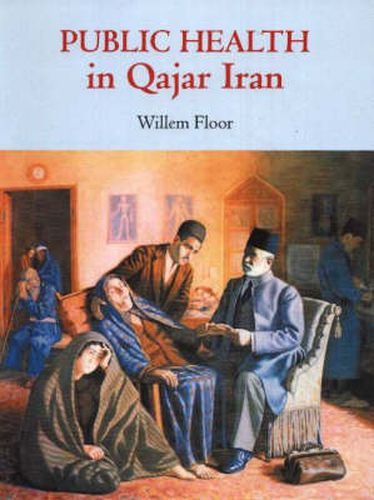Readings Newsletter
Become a Readings Member to make your shopping experience even easier.
Sign in or sign up for free!
You’re not far away from qualifying for FREE standard shipping within Australia
You’ve qualified for FREE standard shipping within Australia
The cart is loading…






This book offer a broad and comprehensive survey of the state of public health, medical practice and its practitioners in 1800-1925. Based on first-hand accounts of European travellers and doctors who practised and observed medical treatment, the study provides an overview of the major diseases the population suffered and how these were treated. It also includes the available evidence logged by Iranian patients abroad and at home, as well as contemporary Persian texts that comment on public health and its practice in Iran. Floor shuns the analysis of classic Islamic medical textbooks, explaining that their medical advice was hardly ever administered and that the authors often had ideological (religious) agendas in writing these treatises. Instead, Floor investigates the commonly accepted theories of diseases, disorders, and their cures, including Islamic Galenic medicine and pre-Islamic theurgic folk medicine based on traditional herb lore and trial-and-error. The book concludes with the impact of Western medicine on the traditional medical institutions and public health in Qajar Iran. This exhaustive inquiry will enthral scholars of Iran and medicine alike.
$9.00 standard shipping within Australia
FREE standard shipping within Australia for orders over $100.00
Express & International shipping calculated at checkout
This book offer a broad and comprehensive survey of the state of public health, medical practice and its practitioners in 1800-1925. Based on first-hand accounts of European travellers and doctors who practised and observed medical treatment, the study provides an overview of the major diseases the population suffered and how these were treated. It also includes the available evidence logged by Iranian patients abroad and at home, as well as contemporary Persian texts that comment on public health and its practice in Iran. Floor shuns the analysis of classic Islamic medical textbooks, explaining that their medical advice was hardly ever administered and that the authors often had ideological (religious) agendas in writing these treatises. Instead, Floor investigates the commonly accepted theories of diseases, disorders, and their cures, including Islamic Galenic medicine and pre-Islamic theurgic folk medicine based on traditional herb lore and trial-and-error. The book concludes with the impact of Western medicine on the traditional medical institutions and public health in Qajar Iran. This exhaustive inquiry will enthral scholars of Iran and medicine alike.